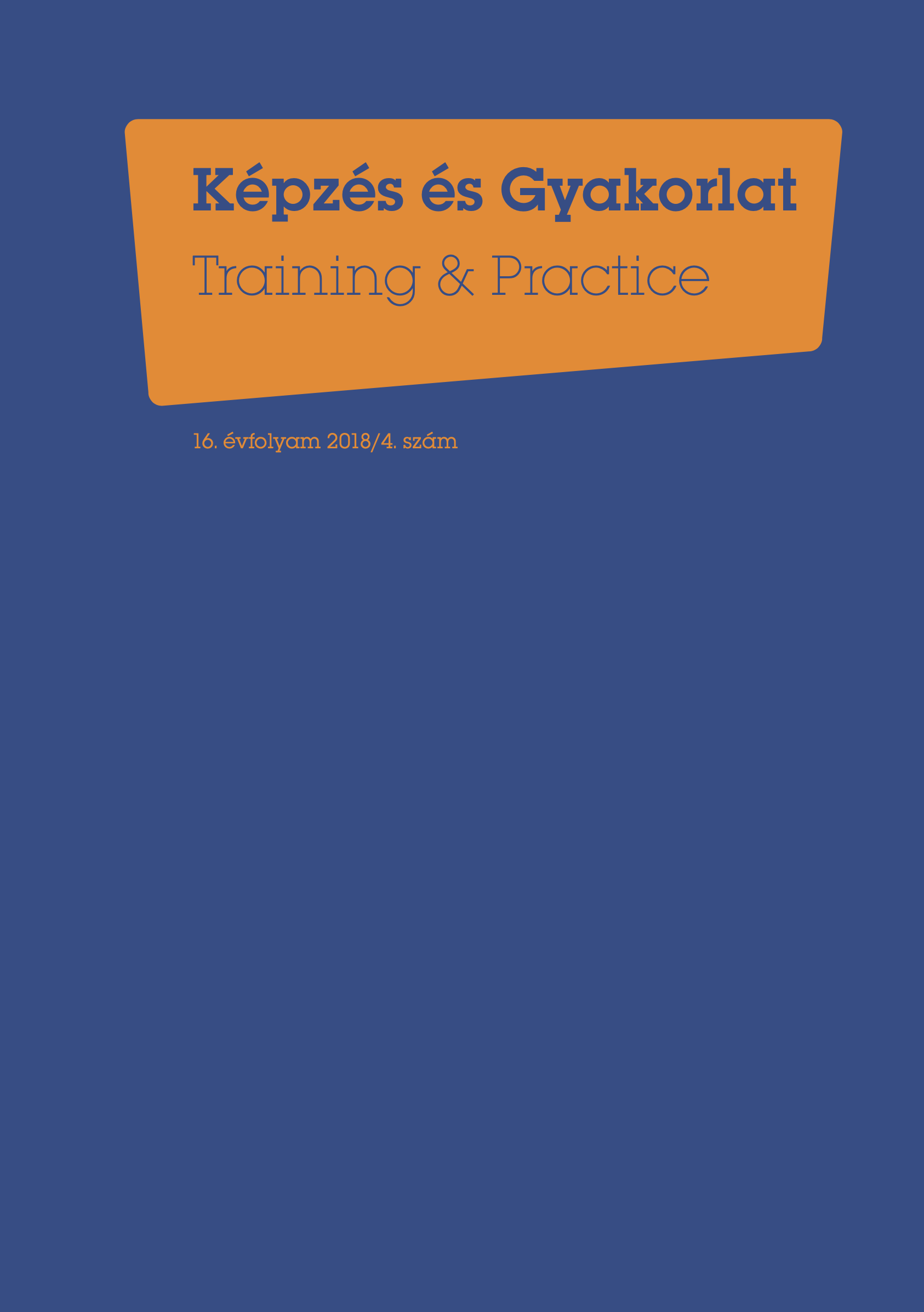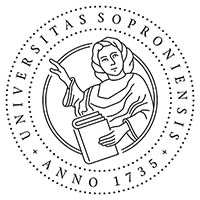Digitális kihívások a környezetismeret oktatása terén
DOI:
https://doi.org/10.17165/TP.2018.4.7Absztrakt
A XXI. század oktatása elképzelhetetlen a technológiai változások innovatív alkalmazása nélkül. A megismerés, megértés, rögzítés formája befolyásolja az ismeret későbbi alkalmazhatóságát, a kompetenciát. Az általános iskola alsó tagozatán a környezettel kapcsolatos tartalmak akkor használhatók fel a leghatékonyabban, ha a megszerzésükben minden érzékszerv részt vesz, és az ismeretek tartalmának megfelelően a leghatékonyabb csatornán, illetve a csatornák kombinációján jut el a logikai feldolgozásig. Ezért a digitális eszközök alkalmazásakor figyelembe kell vennünk azt, hogy az óra nem minden momentumában hatékony az alkalmazásuk, és nincs olyan veszélyes vagy költséges kölcsönhatás, amit egy kreatív pedagógus kísérlettel ne tudna szemléltetni.
Hivatkozások
Comenius, Á. J. (1896). Nagy Oktatástan. (ford. Dezső Lajos), Sárospatak: Kiadja Steinfeld Jenő.
Széchenyi, I. – Reisinger, J. (2016) Merjünk nagyok lenni... – Széchenyi István füveskönyve. Budapest: LAZI Könyvkiadó KFT.
Komenczi, B. (2009). Elektronikus Tanulási környezetek. Budapest: Gondolat.
Nahalka, I. (2002). Hogyan alakul ki a tudás a gyerekben: Konstruktivizmus és pedagógia. Budapest: Nemzeti Tankönyvkiadó.
Nagy, L. (1972). Nagy László válogatott pedagógiai művei. Budapest: Tankönyvkiadó.
Letöltések
Megjelent
Folyóirat szám
Rovat
License
Copyright (c) 2018 Nagy György

This work is licensed under a Creative Commons Attribution-NonCommercial-NoDerivatives 4.0 International License.








